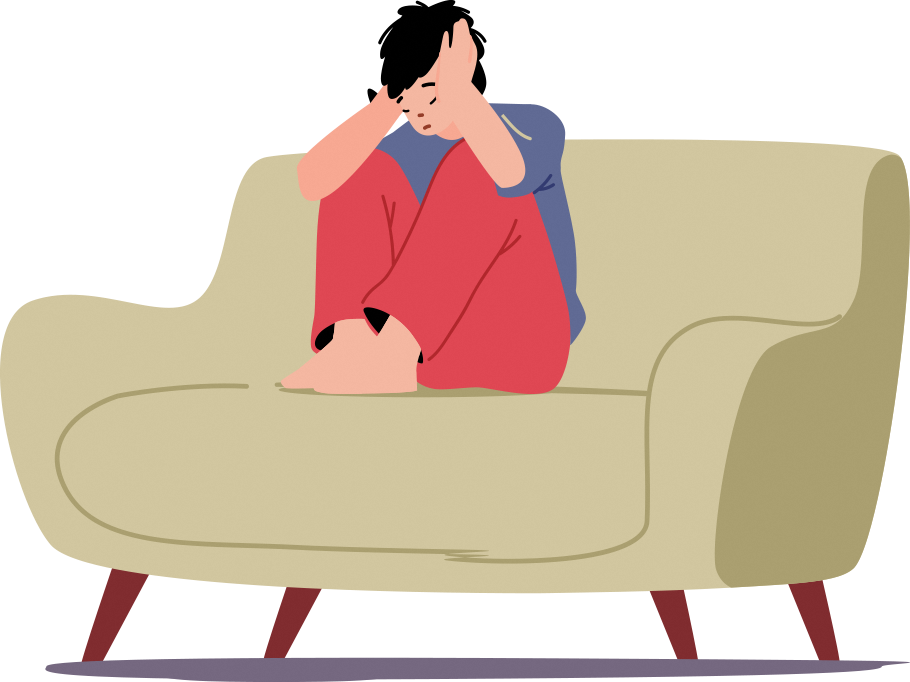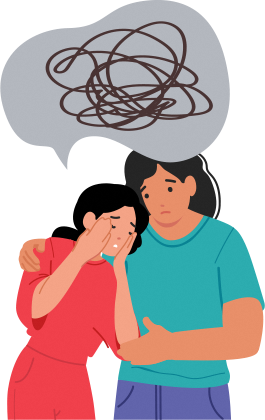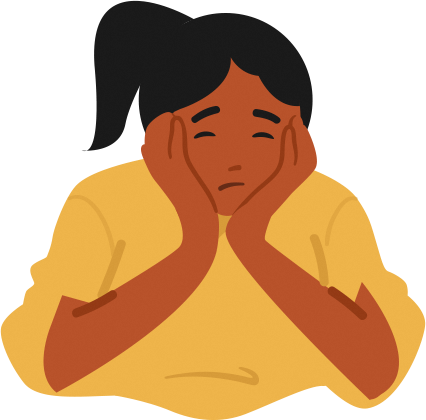
Self-esteem issues
Having a negative body image
Feeling inadequate about themselves (e.g. in academics or other areas of their life)
A negative outlook
Seeing the world in a pessimistic light (e.g. as threatening or hopeless)
Poor habits and coping skills
Abusing or binge-drinking alcohol
Excessively gaming









